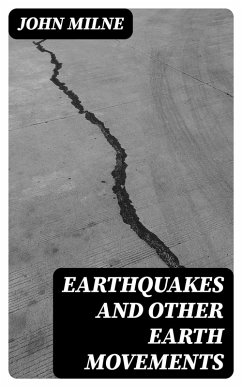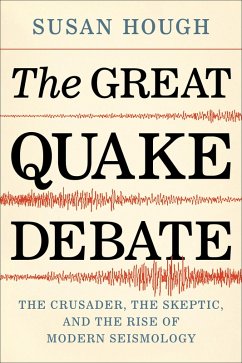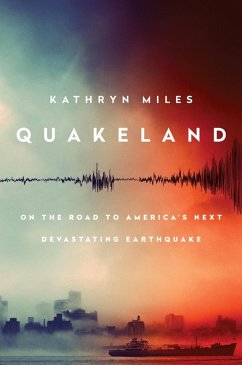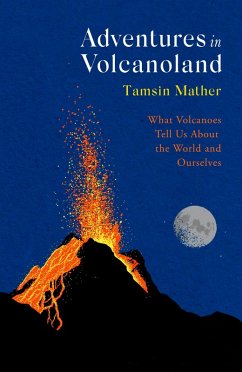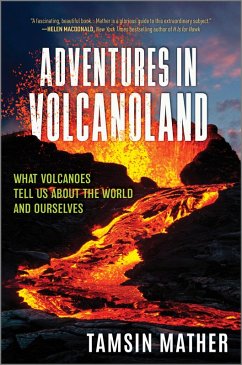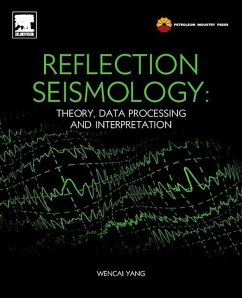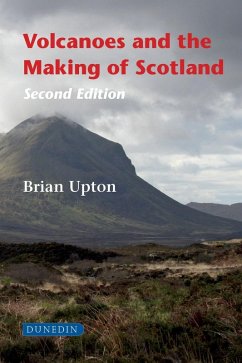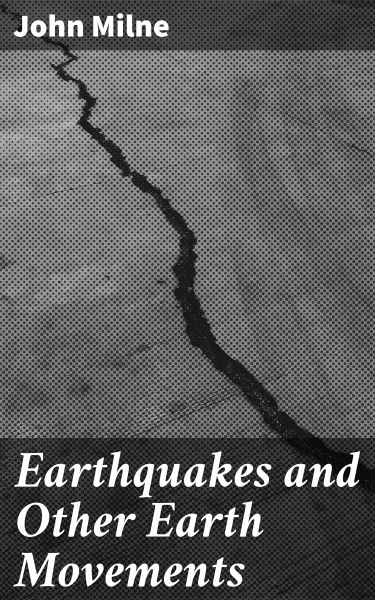
Earthquakes and Other Earth Movements (eBook, ePUB)
Unveiling the Mysteries of Earth's Tremors

PAYBACK Punkte
0 °P sammeln!
In "Earthquakes and Other Earth Movements," John Milne presents a comprehensive exploration of seismic activity through a scientific lens that marries rigorous empirical research with accessible literary style. Deftly navigating both the technicalities of geological phenomena and the human experiences affected by earthquakes, Milne employs clear, precise language to demystify complex concepts. This work situates itself within the broader context of late 19th-century scientific inquiry, particularly the field of seismology, which was undergoing transformative advancements in understanding the e...
In "Earthquakes and Other Earth Movements," John Milne presents a comprehensive exploration of seismic activity through a scientific lens that marries rigorous empirical research with accessible literary style. Deftly navigating both the technicalities of geological phenomena and the human experiences affected by earthquakes, Milne employs clear, precise language to demystify complex concepts. This work situates itself within the broader context of late 19th-century scientific inquiry, particularly the field of seismology, which was undergoing transformative advancements in understanding the earth'Äôs dynamic processes. John Milne, often dubbed the 'father of modern seismology,' was influenced by his extensive fieldwork in earthquake-prone regions, as well as by the growing body of research about plate tectonics. His contributions to the establishment of seismic networks reflect his commitment to advancing both public awareness and academic knowledge about natural disasters. Milne'Äôs background in engineering and physics uniquely positioned him to address the implications of seismic activity for society, making him an authoritative voice in the discourse surrounding natural catastrophes. "Earthquakes and Other Earth Movements" is an essential read for anyone interested in earth sciences, natural disasters, or the interplay between human society and geological events. Milne's ability to weave personal narratives and scientific inquiry invites readers to appreciate the profound impacts of earthquakes, making it a thought-provoking addition to both academic curricula and personal libraries.
Dieser Download kann aus rechtlichen Gründen nur mit Rechnungsadresse in A, B, BG, CY, CZ, D, DK, EW, E, FIN, F, GR, H, IRL, I, LT, L, LR, M, NL, PL, P, R, S, SLO, SK ausgeliefert werden.




